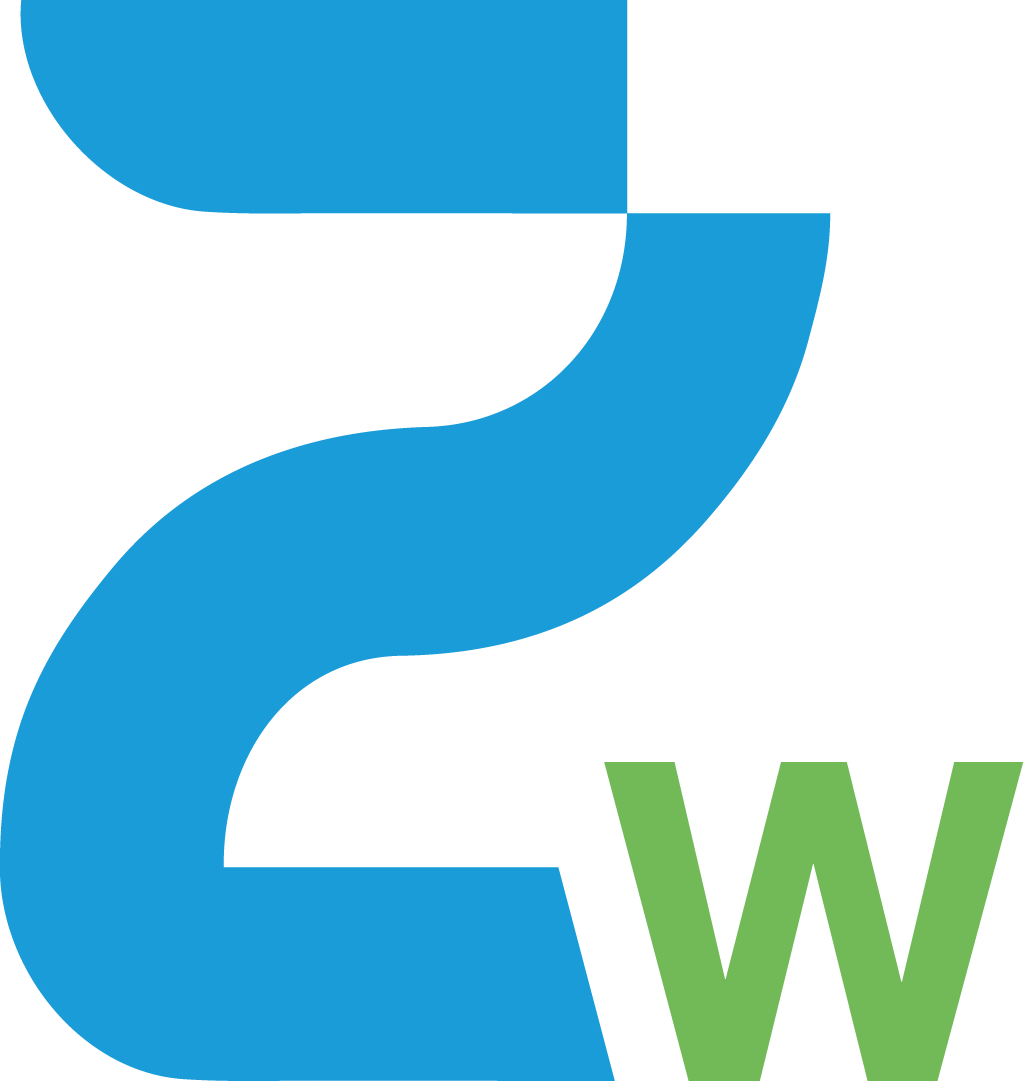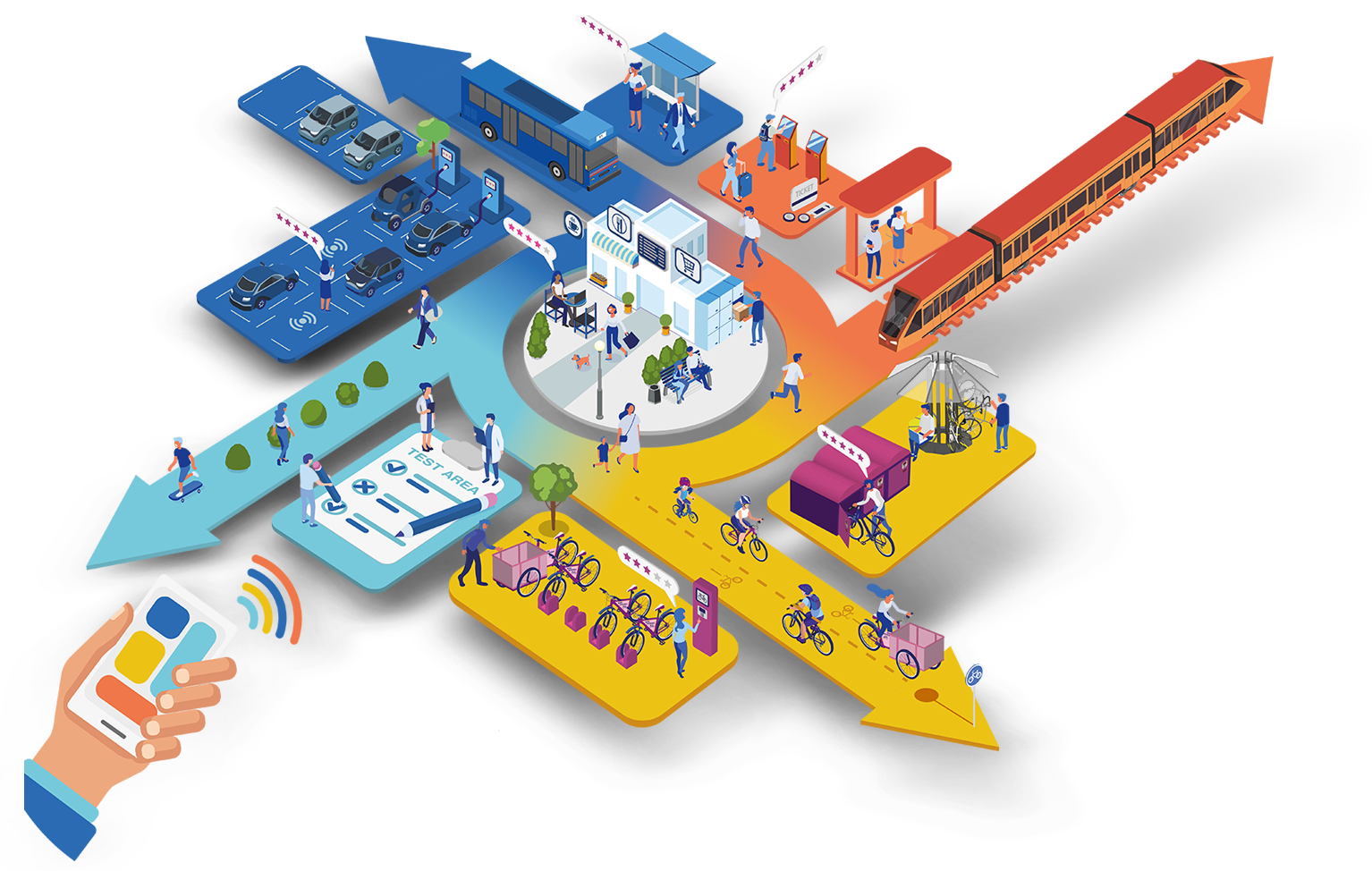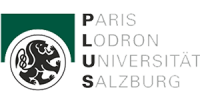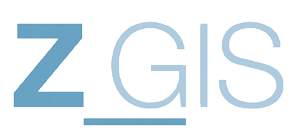City of Salzburg Live Laboratory
Because of its geographical location, the central area of the city of Salzburg presents a very attractive and interesting laboratory environment.
The region operates beyond its geographical and administrative borders and around 60,000 people therefore commute every day from the central area into the city of Salzburg. There are also extensive commuter links into neighbouring Bavaria. The region has particular significance for tourism, which is why increased consideration of tourist mobility and cross-border traffic is a core function at zukunftswege.at.

Commuters per day
Every day, 53,758 working people as well as 9,579 school pupils and students commute into the city of Salzburg.
Source: Austrian statistical office (Statistik Austria)

Registered motor vehicles
On 31.10.2019 there were 101,233 registered motor vehicles in the city of Salzburg.
Source: Austrian statistical office (Statistik Austria)
The Modal Split
shows the distribution of the volume of traffic over the different modes of transport in the city and state of Salzburg.
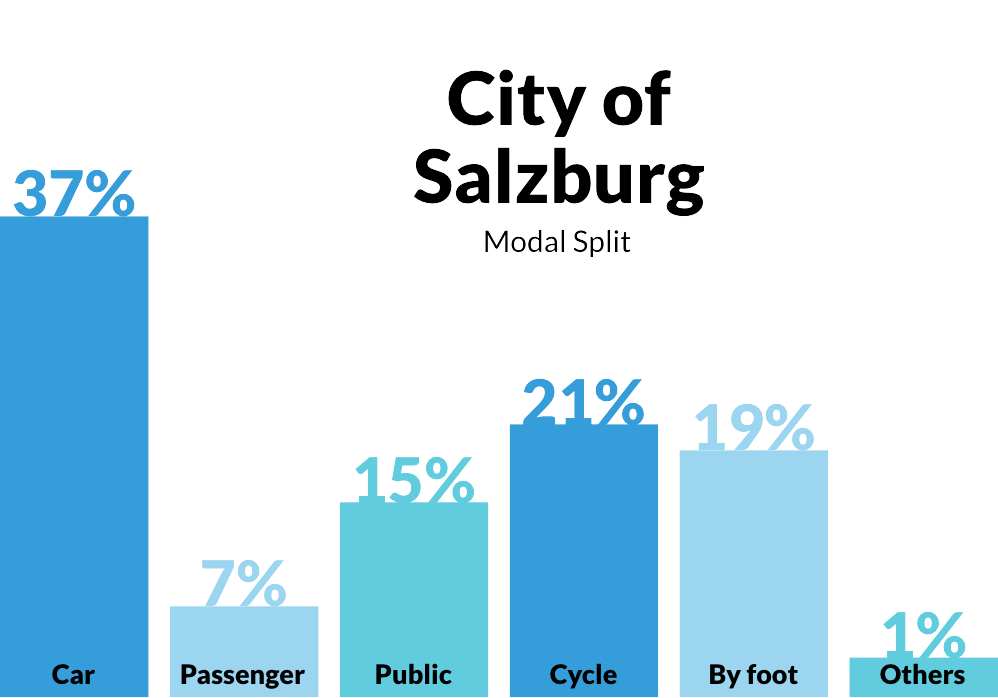
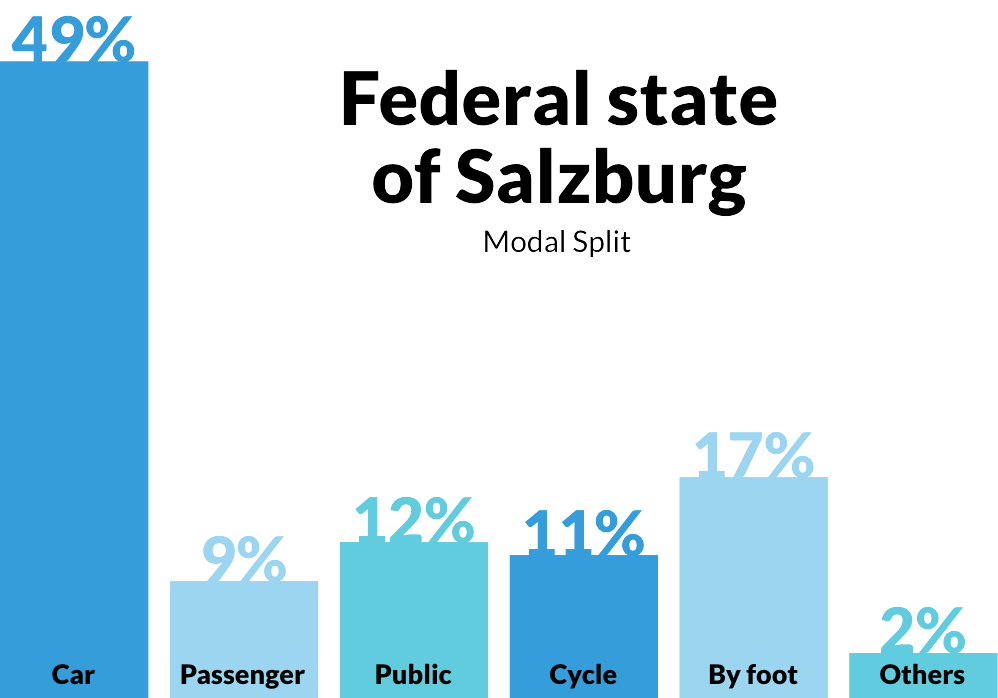
The Modal Split shows the distribution of the volume of traffic over the different modes of transport in the city and state of Salzburg.
Test Corridors and Stations 4.0
Innovation projects gain easy access to the test environments and thus the opportunity to investigate the mobility system in a live laboratory environment. Owing to the strong transport relationships with the border region of Bavaria (daily commuters, leisure and tourist travel), cross-border test corridors are also being established in addition to selected principal transport links. The cross-border test environment offers a unique selling point, whilst the various spatial structures in the area around the city of Salzburg act a prototypes for large parts of Austria and therefore display great potential for transfer to other regions and future innovation projects.
Innovation Partners for Our Future
With zukunftswege.at, innovation partners have a central point of access to publicise their projects in the region, find partners and gain easy access to test environments. The mobility laboratory pools infrastructure, services and mobility-related data and makes them available to industry and business for innovation projects.
Test Corridors
zukunftswege.at offers you access to selected roads both in the city of Salzburg and in the adjacent surrounding communities.
Within these corridors, innovation projects can test their planned mobility systems, services or prototypes. In the mobility laboratory, we also examine the access criteria and complete all the necessary routes with the regional authorities responsible. As the applicant, this means you have just one point of contact. The provision includes test sites for pedestrian and bicycle traffic, roads for car and bus traffic, and rail services between defined stations and stops.
The corridor deals with cross-border traffic between the city of Salzburg and Freilassing. The diagram shows the individual routes separately for public transport, bicycle traffic and motorized private transport.
The focus here is on the cycle connection between the two cities with a planned new cycle bridge over the Saalach.
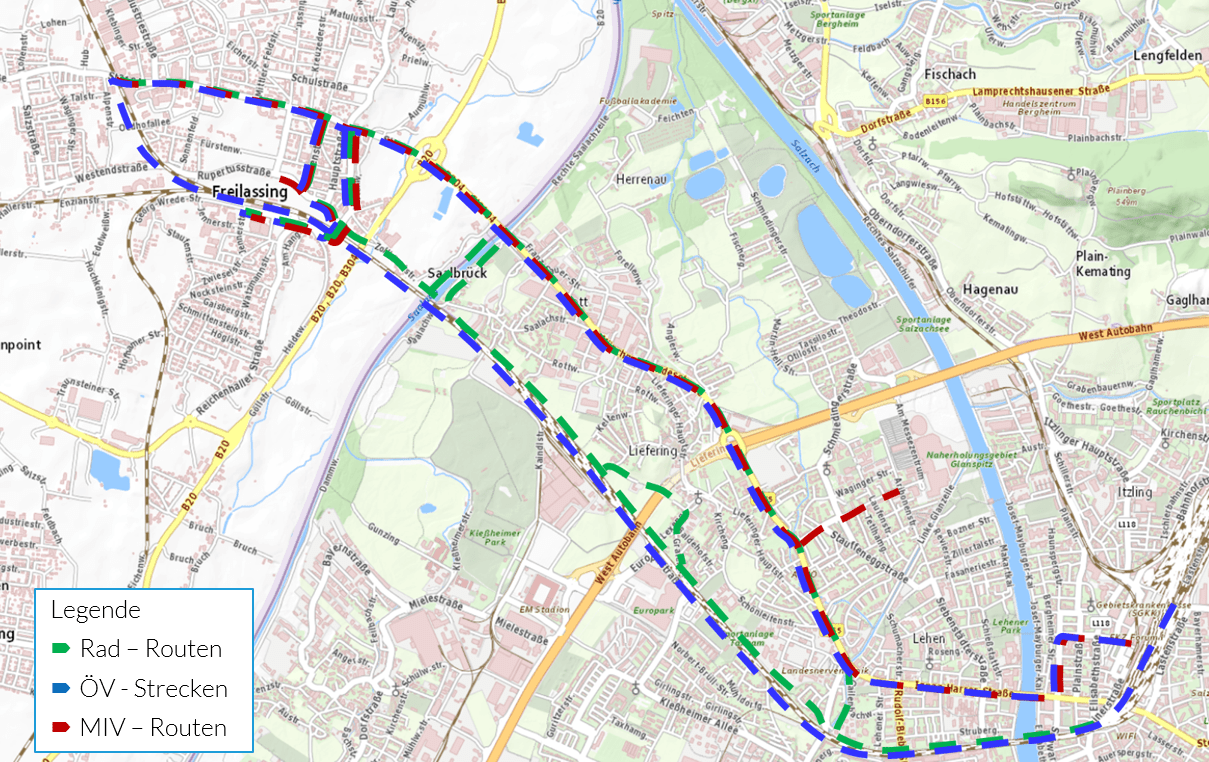
The corridor deals with cross-border traffic between the city of Salzburg and Bad Reichenhall. The diagram shows the individual routes separately for public transport, bicycle traffic and motorized private transport.
The focus is on the cycle connection between the two cities, also with regard to possible connections: on the one hand the cycle paths along the Saalach and the B21 on the German side as well as a safe route in Wals-Siezenheim with a connection to the B1 Innsbrucker Bundesstraße.
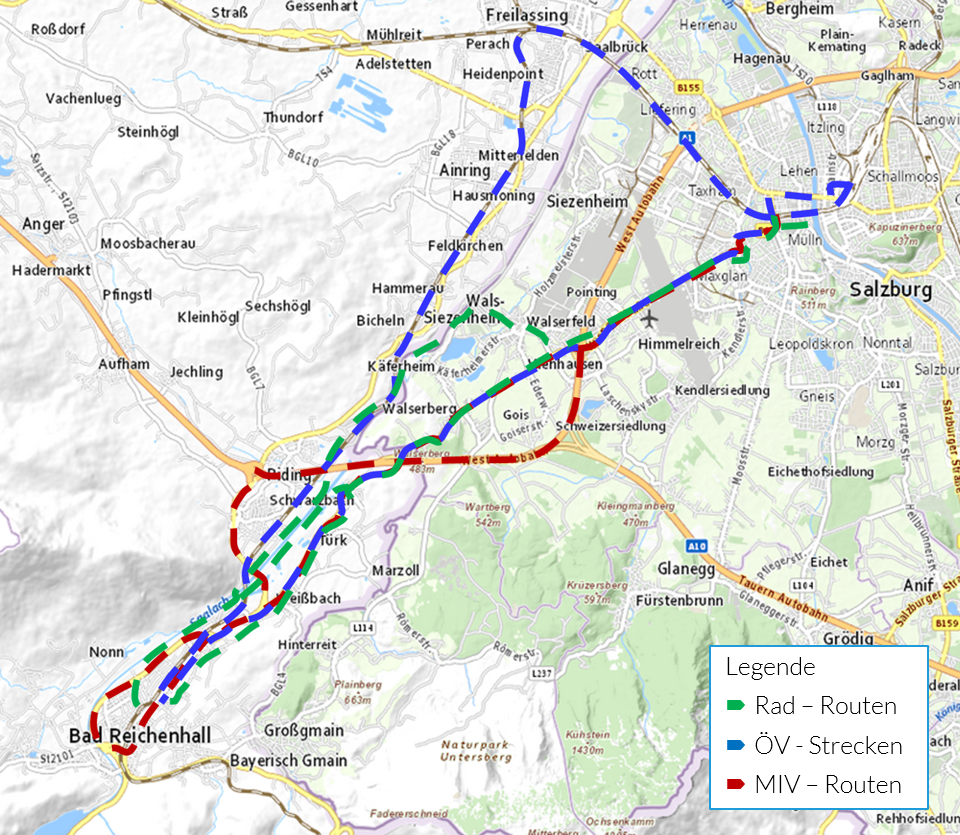
The corridor runs from Neumarkt railroad station along Salzburger Straße, Wiener Bundesstraße, Schallmooser Hauptstraße, Franz Josef Straße and Schrannengasse to Mirabellplatz. The corridor also includes the route via the highway between the Wallersee junction and Salzburg Nord and then via Vogelweiderstraße and Schallmooser Hauptstraße. The main cycle routes of the province and the city between Neumarkt station and Mirabellplatz are available for cyclists.
For public transport, the bus and train connections between Neumarkt station and the Mirabellplatz stop can be selected.
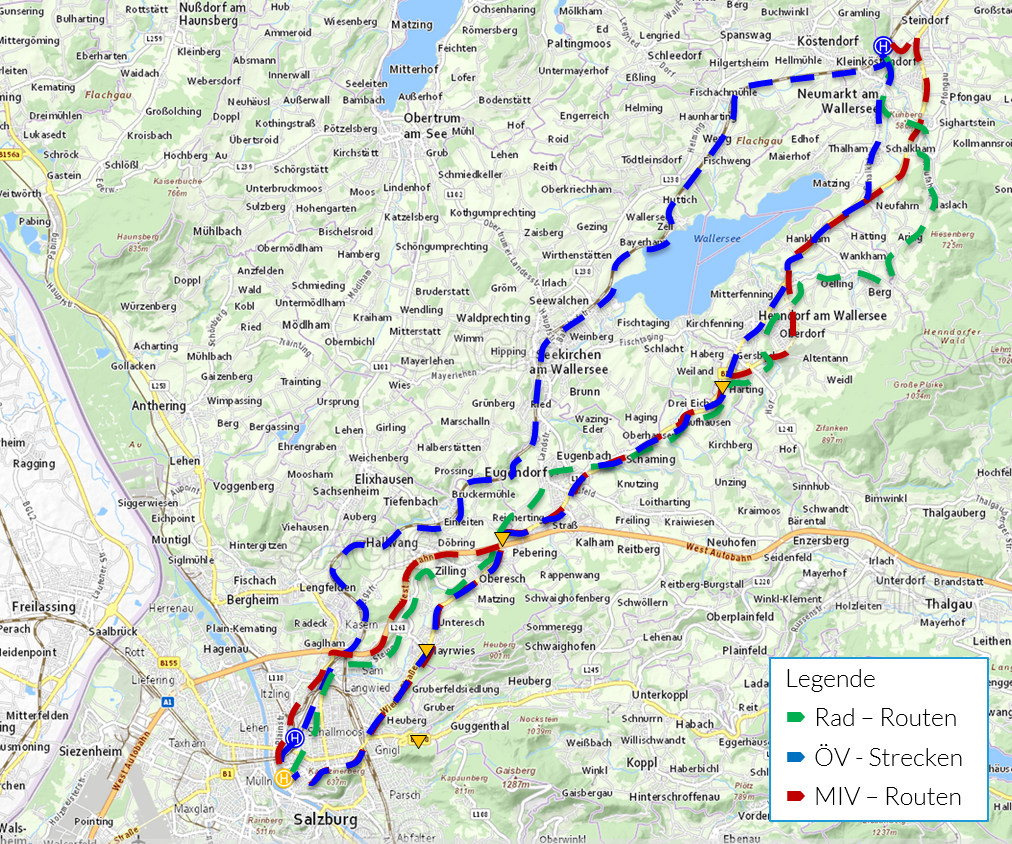
In this corridor, the bottleneck for cycle traffic at the Schwabenwirtsbrücke bridge should be considered in particular. The aim in this part of the city is to create a safe cycle route from Gnigl across the railroad and into the city.
However, this will also require interventions in the routing of car traffic. For this purpose, the traffic network shown in the diagram is available for the respective traffic types.
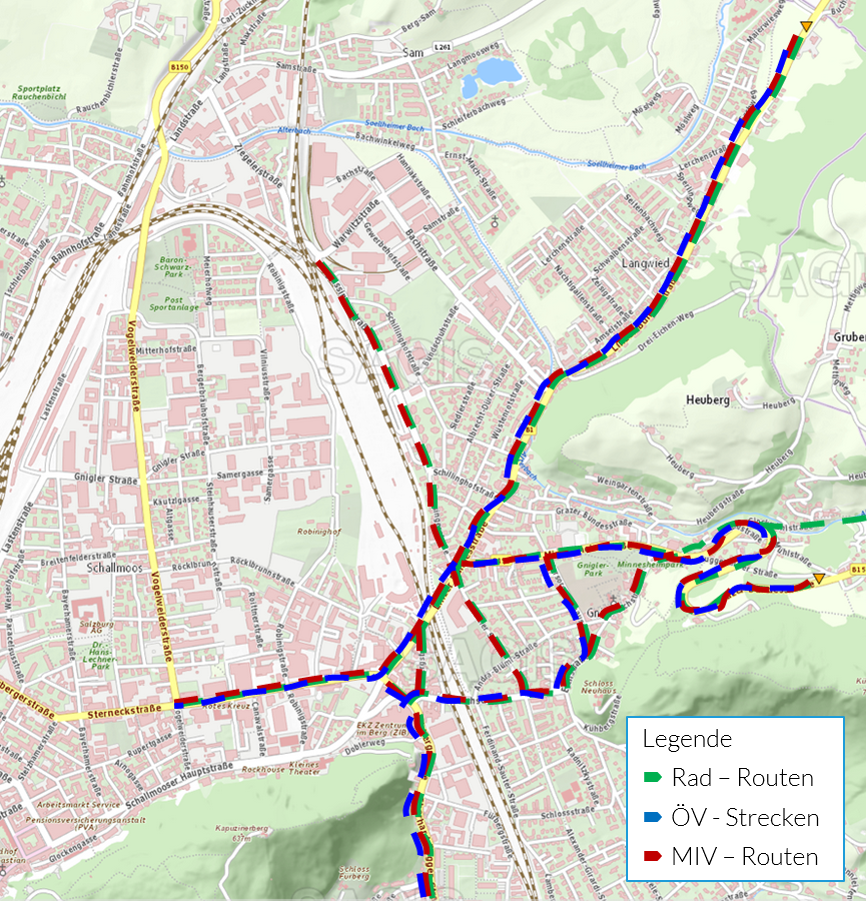
Research Partners
As well as the project partners providing funding, the city and state of Salzburg, mobility laboratory zukunftswege.at has also gained research partners RSA FG iSPACE, Salzburg Research and the University of Salzburg – Z_GIS.
These research institutions, which are relevant for the central area of Salzburg, have significant capacity for activities and new innovation projects in the mobility sector. They provide the offered services on behalf of zukunftswege.at.
Equipment of the „Haltestelle 4.0“
- Park & Ride (incl. utilization measurement)
- Bike & Ride (incl. utilization measurement)
- Lockers & pick-up boxes
- Sharing offers
- Test area (innovative furniture, information pillars, etc.)
- Low-power sensor technology
With new innovation projects combined with mobility hubs and new mobility provisions, the hope is to initiate a change of behaviour towards environmentally friendly mobility. By linking the approaches developed and planning tools for commuter mobility with the tourist potential, demand-based cost-effective provisions can be planned and implemented better in the environmental alliance; ultimately, private motor traffic is also dominant in the transport choice of holidaymakers.
Goals of Stations 4.0
Testing and assessment of station components as well as new technical developments (on identified test sites)
Data provision and networking of relevant components of the station for monitoring and mobility services
Scientific studies into social acceptance and change of use of new solutions as well as to investigate multimodal mobility behaviour
Assessment of the transferability of new physical and digital developments to other mobility hubs

